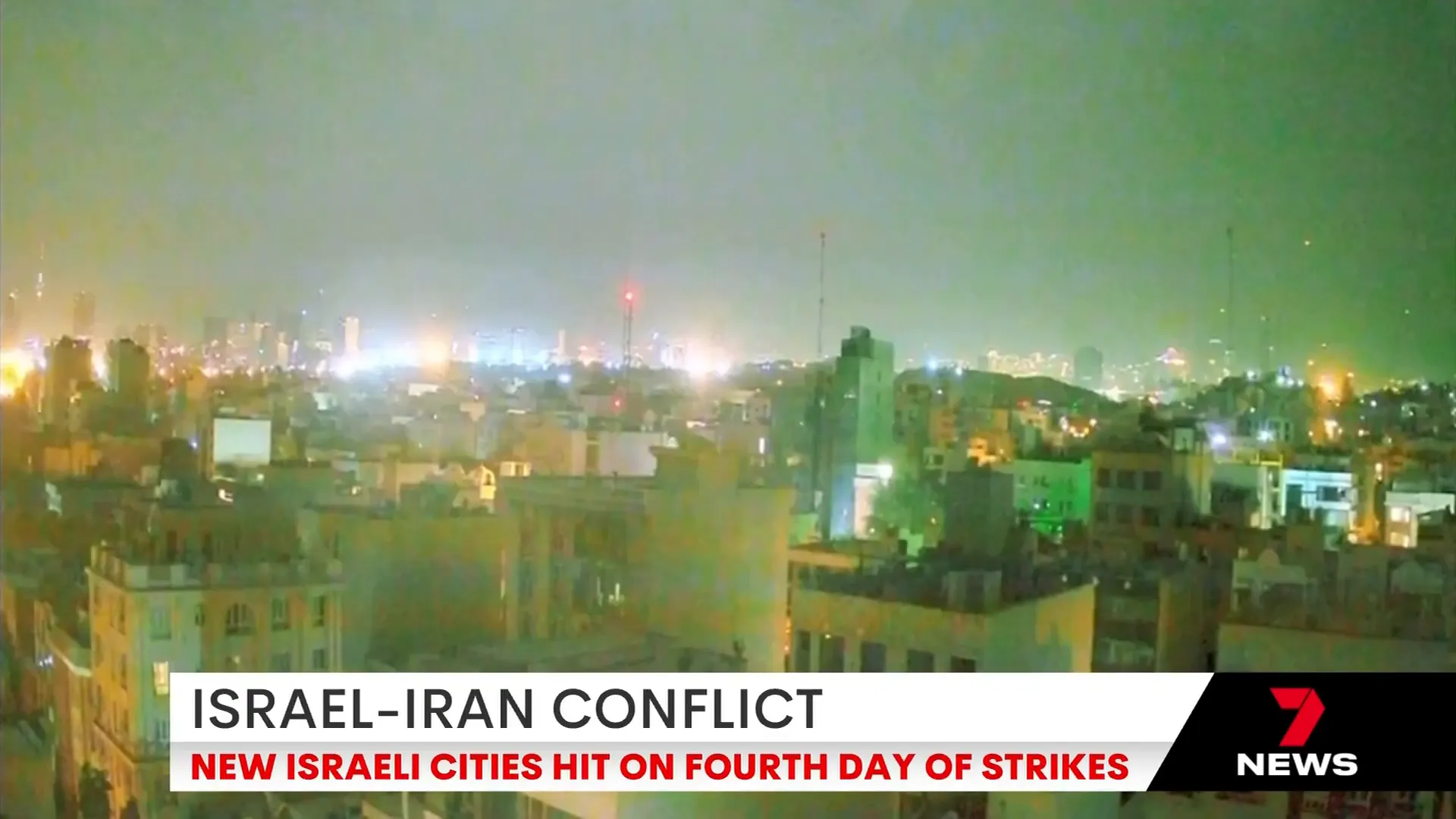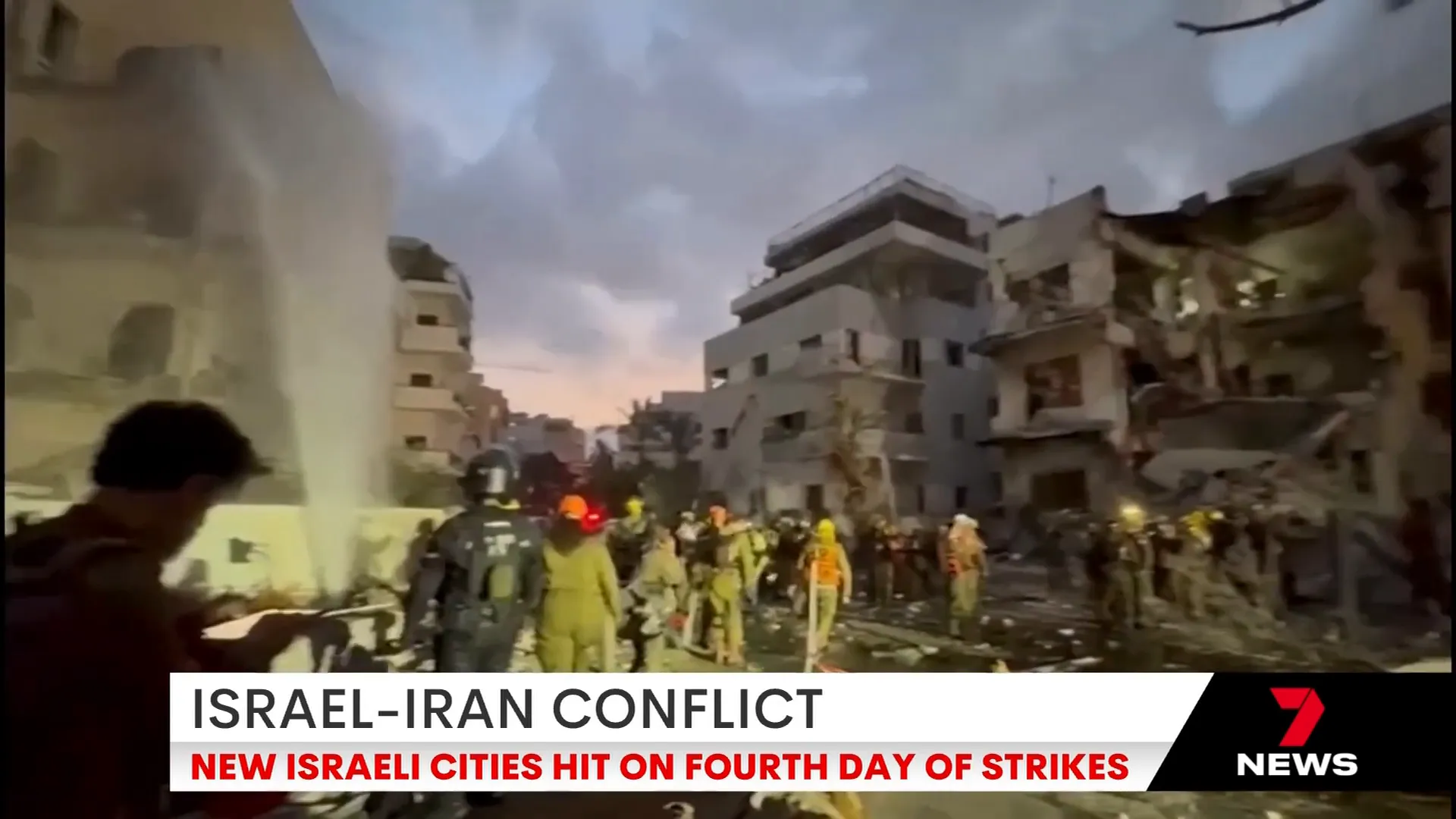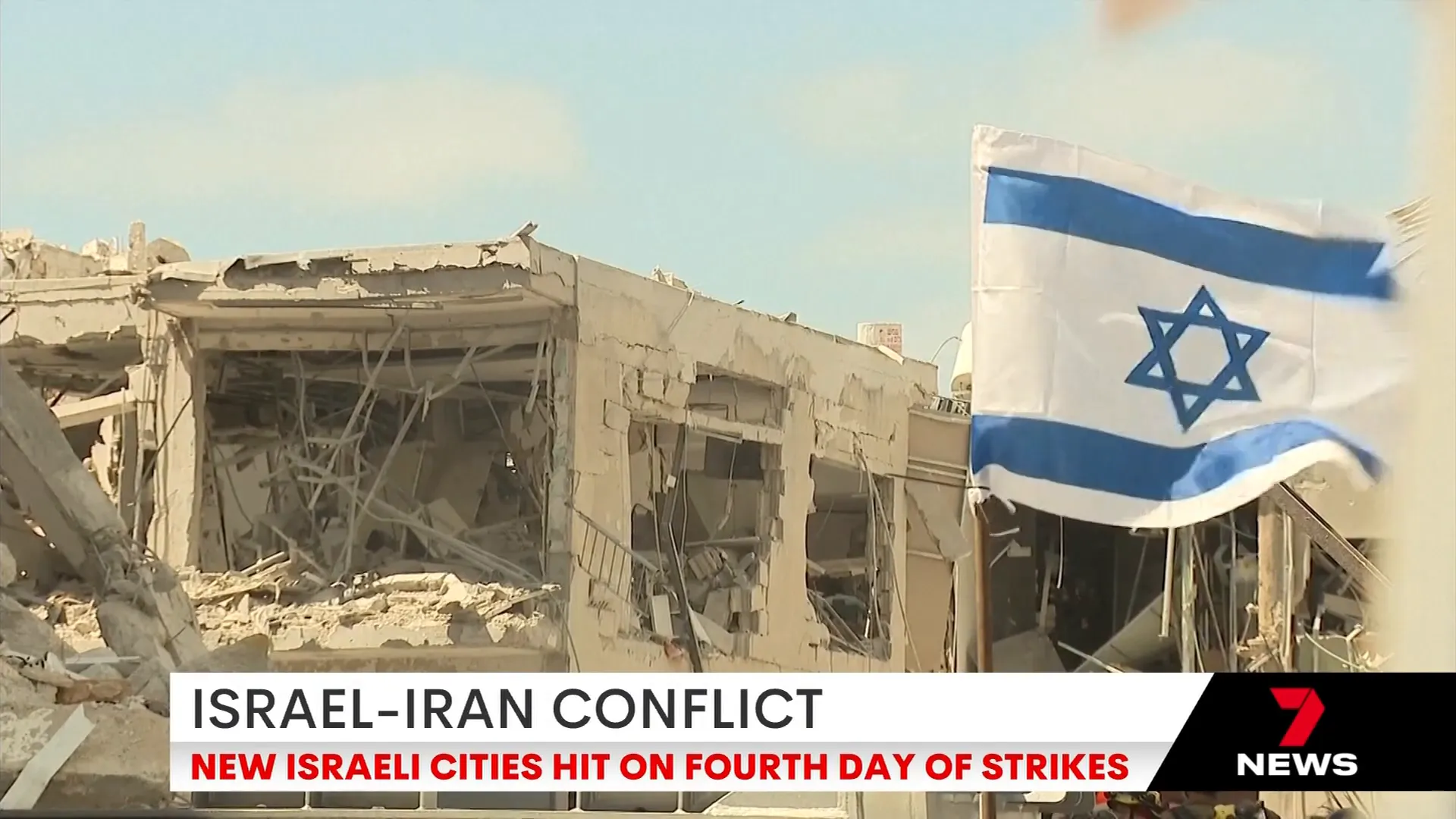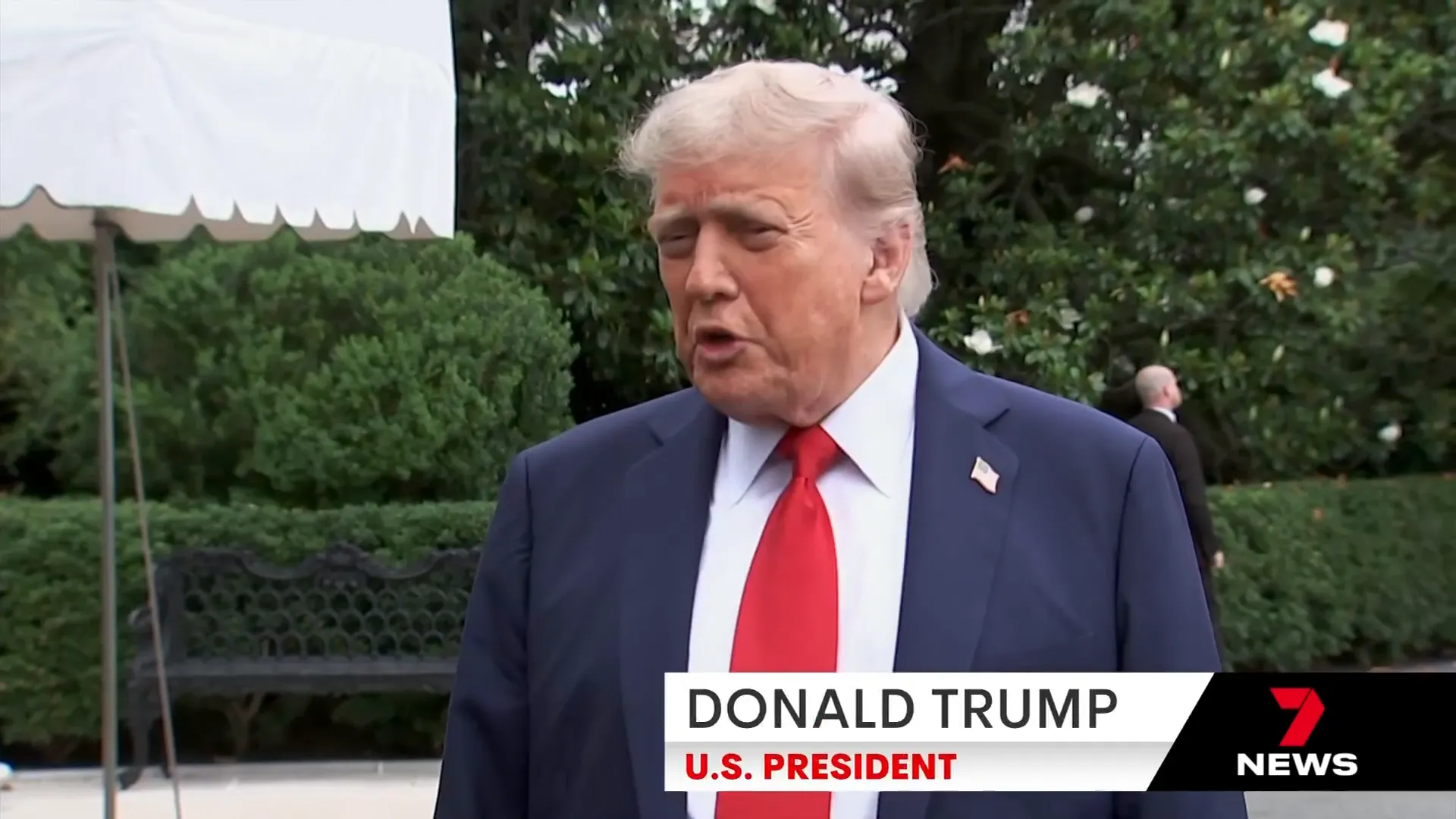Jun 16, 2025
Israel and Iran Clash in Escalating Conflict
In the past four days, a devastating conflict has erupted between Israel and Iran, resulting in a tragic loss of life and widespread destruction. Over two hundred people have been killed amid relentless missile strikes from both nations, with no immediate end in sight. This article delves into the latest developments of this escalating war, the human toll it has taken, and the geopolitical ramifications unfolding as the world calls for diplomacy but witnesses only increasing retribution.

Table of Contents
- Overview of the Conflict
- Human Cost: Casualties and Rescue Efforts
- Military Developments and Strategic Targets
- Diplomatic Efforts and International Reactions
- Impact on Civilians and Evacuation Plans
- What Lies Ahead: The Future of the Israel-Iran Conflict
- Frequently Asked Questions (FAQ)
- Conclusion
Overview of the Conflict
The conflict ignited when Israel launched a powerful and searing attack on Iran, prompting a fierce response. Since then, both sides have exchanged waves of missile strikes, targeting military and civilian areas alike. The violence has not been confined to one region; missiles have struck major Israeli cities such as Tel Aviv and Haifa, as well as central parts of Israel where rockets have fallen to the ground, causing casualties and destruction.
On the Iranian side, Israeli forces have carried out targeted strikes against key military personnel and infrastructure, including the assassination of the chief intelligence officer of Iran’s Revolutionary Guard at their Tehran headquarters. This move came after Israel reportedly eliminated much of the top brass of Iran’s armed forces, significantly escalating tensions.

Human Cost: Casualties and Rescue Efforts
The human cost of this conflict is staggering. In Israel, emergency services have reported fourteen deaths and more than four hundred injuries, with the toll expected to rise as rescue teams continue to search rubble for survivors. Among the harrowing stories is that of a baby who was rescued alive from the debris, a small beacon of hope amid the devastation.
Meanwhile, Iran’s health ministry has reported over two hundred and twenty deaths and more than a thousand injuries as a result of Israeli strikes. The situation remains fluid, with both sides sustaining heavy losses and emergency responders working tirelessly to assist those affected.

Military Developments and Strategic Targets
Israel’s military operations have been relentless, with surface-to-surface missile launches targeting Iranian positions overnight. The elimination of high-ranking Revolutionary Guard officials marks a strategic attempt to weaken Iran’s military command structure. However, Israel’s prime minister has declined to comment on rumors of a kill plot targeting Iran’s supreme leader, Ayatollah Ali Khamenei.
Reports from senior US officials reveal that then-US President Donald Trump intervened to dissuade Israeli Prime Minister Benjamin Netanyahu from pursuing such an extreme course of action, underscoring the delicate balance the United States seeks to maintain in the region. The US administration has expressed a strong desire to keep America out of the conflict, advocating for diplomatic solutions while acknowledging the volatile situation on the ground.

Diplomatic Efforts and International Reactions
Despite growing international calls for diplomacy, both Israel and Iran have remained adamant about continuing their military campaigns. Iran has communicated to mediators from Qatar and Oman that it will not entertain ceasefire talks while under attack, signaling a hardline stance amidst the ongoing violence.
On the global stage, US President Trump, en route to the G7 summit in Canada, expressed cautious optimism about the prospects for a deal but acknowledged that conflict might still be inevitable. He stated, "Well, I hope there's gonna be a deal. I think it's time for a deal, and we'll see what happens. But sometimes they have to fight it out." This reflects the complexities of brokering peace in a conflict marked by deep-seated animosities and strategic interests.

Impact on Civilians and Evacuation Plans
As the hostilities continue, the safety of civilians remains a paramount concern. Both Israeli and Iranian populations are enduring the brunt of missile attacks, with casualties mounting daily. The conflict has also sparked international efforts to evacuate foreign nationals caught in the crossfire. Notably, there are plans underway to extract Australians from both Israel and Iran as the situation deteriorates.
This ongoing evacuation underscores the broader impact of the war, affecting not only the immediate combatants but also expatriates and foreign residents in the region. The international community is closely monitoring the situation, balancing diplomatic pressures with humanitarian concerns.
What Lies Ahead: The Future of the Israel-Iran Conflict
The trajectory of this conflict remains uncertain, with both sides entrenched in their positions and military actions intensifying. Israel’s military has indicated that it has a long list of targets yet to be struck, suggesting that the campaign could continue for some time.
Meanwhile, Iran’s refusal to negotiate a ceasefire while under attack signals a prolonged confrontation unless significant diplomatic breakthroughs occur. The international community's role in mediating this crisis is critical, but the path to peace is fraught with challenges.
As the conflict unfolds, it is crucial to remain informed and aware of the human toll and geopolitical stakes involved. The situation demands not only strategic analysis but also empathy for the countless lives disrupted and lost amid the violence.
Frequently Asked Questions (FAQ)
What triggered the current Israel-Iran conflict?
The conflict escalated after Israel launched a significant attack on Iran, targeting military sites and personnel, including the assassination of a senior intelligence officer of Iran’s Revolutionary Guard. This provoked retaliatory missile strikes from both sides.
How many casualties have been reported?
As of now, over 220 people have been killed in Iran and 14 in Israel, with hundreds more injured on both sides. The numbers are likely to rise as rescue operations continue.
Has there been any diplomatic progress?
Diplomatic efforts are ongoing but stalled. Iran has refused to negotiate a ceasefire while under attack, and both nations have vowed to continue their military campaigns. The United States is advocating for a peaceful resolution but has refrained from direct involvement.
What role is the United States playing?
The US is aiming to keep out of the conflict, with President Trump reportedly intervening to prevent extreme military actions by Israel. The US supports diplomacy and hopes for a deal but acknowledges the complexity of the situation.
Are there plans to protect or evacuate civilians?
Yes, there are evacuation plans in place for foreign nationals, including Australians, to remove them from the conflict zones in Israel and Iran. Emergency services in both countries are also actively engaged in rescue and medical aid.
What is the potential for escalation?
With Israel indicating it has many more targets and Iran refusing to negotiate, the conflict could escalate further. The situation remains volatile, and continued violence is a significant risk.
Conclusion
The Israel-Iran conflict represents a deeply rooted and dangerous confrontation with severe humanitarian consequences. In just a few days, the loss of life and destruction has been immense, and the prospects for peace appear dim as both sides commit to continued military action.
Understanding the complexities of this conflict requires attention to the military developments, diplomatic efforts, and the human stories behind the headlines. As the world watches, hope remains that dialogue and negotiation will eventually prevail over violence and retaliation.
For ongoing updates and comprehensive coverage, staying informed through reliable news sources is essential.